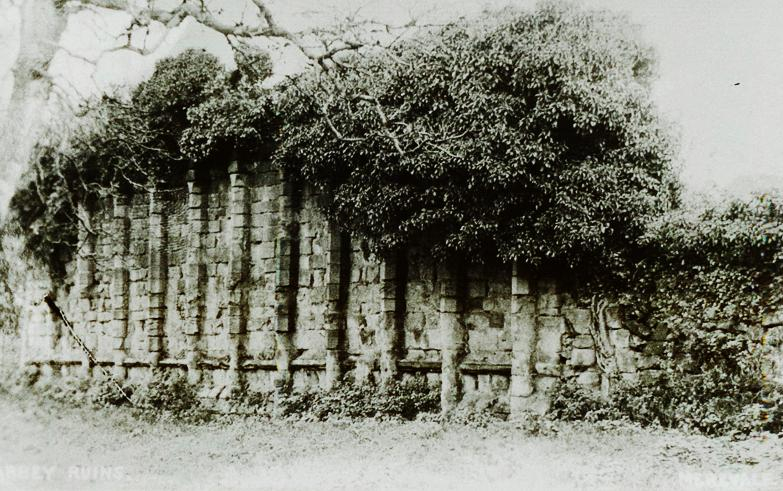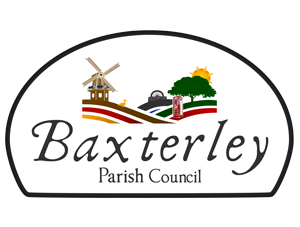The Abbey
 Artists impression of the MonastryThe modern day Merevale Estate is descended from Merevale Abbey which once stood on the site before being transferred into private ownership following the religious restructuring of the country by Henry VIII in the 16th century.
Artists impression of the MonastryThe modern day Merevale Estate is descended from Merevale Abbey which once stood on the site before being transferred into private ownership following the religious restructuring of the country by Henry VIII in the 16th century.
In 1656 the Warwickshire historian, William Dugdale, wrote in his book ‘The Antiquities of Warwickshire’ that in 1148 Robert, Earl Ferrers, founded a Cistercian monastry in the ”mountainous and woody dessert” of ”Miravalle”.
According to local historian John Austin this site was selected ‘as fittest for solitude and devotion’ in keeping with the Cistercian way of life which emphasised labour and self-sufficiency.
The Cistercians were involved in many of the modern developments of the time such as hydraulic engineering and metallurgy making them a major force of technological development in Europe as well as being highly organised and industrious farmers.
It was the monks who built the great fishing lakes at Merevale and it was their success and huge wealth that led to their eventual downfall when Henry VIII needed to finance his wars in France.
Merevale Abbey was one of the largest religious houses in Warwickshire and was visited by a number of the nations Kings including Edward I, Edward III, Henry VII and Henry VIII.
Henry VII having garrisoned his troops there in 1485 in preparation for the deciding battle of The Wars of the Roses against Richard III, which was called ‘The Battle of Bosworth’.
Although called ‘The Battle of Bosworth’ it now seems certain that this battle actually occurred near to and possibly partly in the Parish of Merevale as can be seen by the ‘Compensation Warrants’ issued to the Abbey by the victorious King in November and December of 1485, just three months after the battle.
Part of the First Warrant reads ” … and to deliver the same ( compensation ) to certain townships which sustained losses to their corns and grains by us and our company at our late victorious field for our due recompense on our behalf.” and the Warrant goes on to mention Atherstone, Fenny Drayton, Witherley and Mancetter by name.
Further to this the Third Continuation of the Crowland Chronicles, from the Benedictine Abbey of Croyland in Lincolnshire, seems to support this by documenting the battle as ”The Battle of Merevale” though it is more or less certain that the main battle was outside the Abbey’s main borders.
Henry VII was succeded by Henry VIII who 51 years later, in 1536, seized the Abbey and its lands during the Dissolution of the Monastries.
The estate was later bought from the Crown by Lord Ferrers of Chartley on behalf of his younger son William Devereux who converted part of the monastry into a house.
 The Abbey Ruins
The Abbey Ruins
Today’s ruins of the once great Cistercian Monastry that stood at Merevale as seen at Abbey Farm
The Chapel of Our Lady at Merevale is the surviving gatehouse chapel the the enormous Monastry that once stood nearby.
It is in pristine condition and contains excellent examples of some of the best Medieval stained glass work in England.
